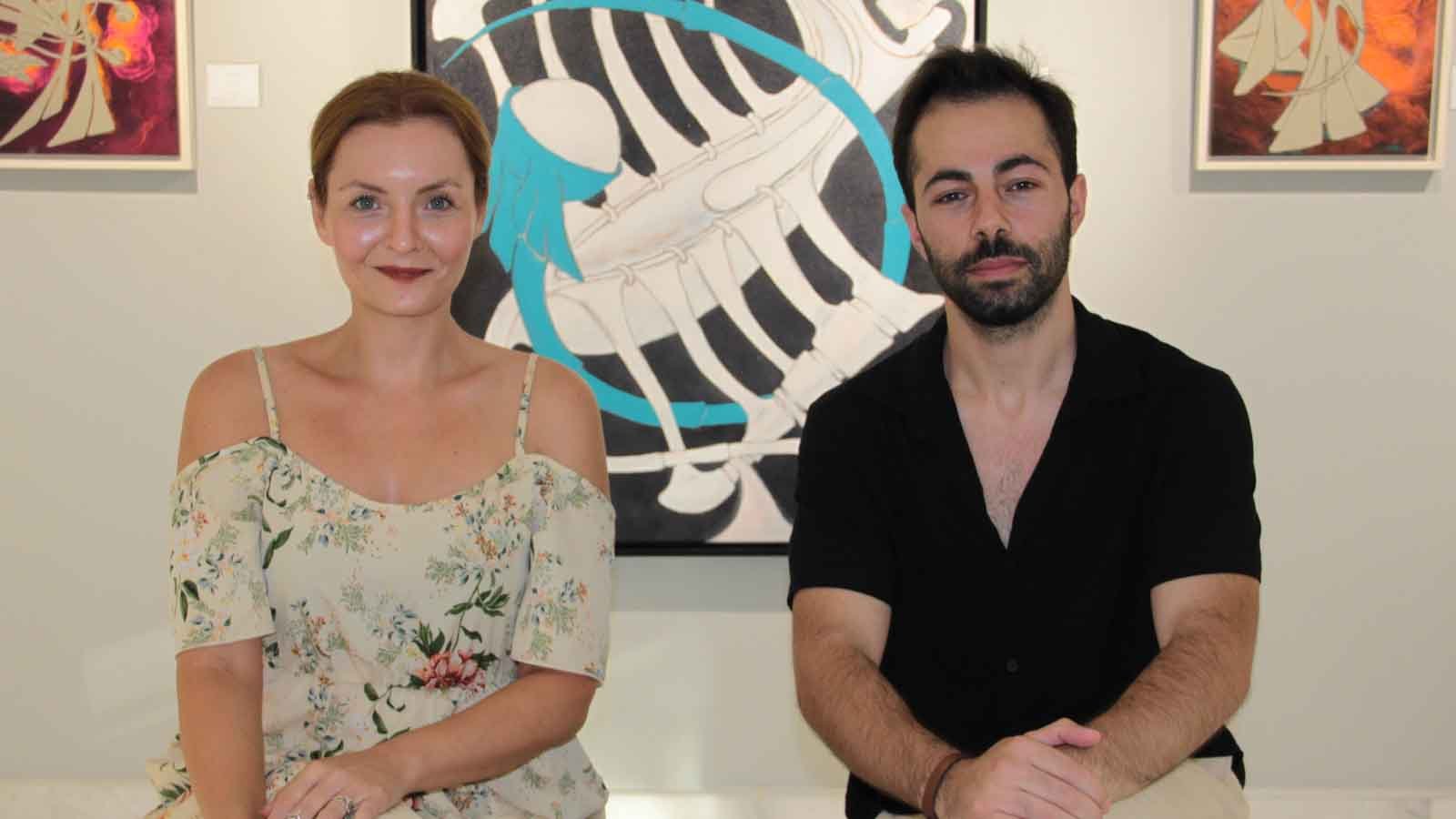Experts who state that depression is more common between the ages of 25 and 44 say that in this age group, twice as many cases of depression are reported in women compared to men.
Psychiatrist Associate Professor Dr. Serdar Nurmedov, emphasizing that in one out of every three patients in depression treatment, sufficient response to treatment is not achieved, said, “Persistent depression does not mean treatment-resistant depression. In this case, the treatment plan can be reinforced or changed.”
Associate Professor Dr. Serdar Nurmedov, a psychiatrist at Uskudar University NP Feneryolu Medical Center, evaluated the issue of persistent depression and provided information about treatment.
It is seen 2 times more in women aged 25-44 than in men
Psychiatrist Associate Professor Dr. Serdar Nurmedov stated that depression tends to be more common in certain age ranges, saying, “It is known that it is more common especially between the ages of 25 and 44 compared to other age groups. In this age group, twice as many cases of depression have been reported in women compared to men. This difference stems from women being more disadvantaged culturally and socially.”

Environmental factors can also increase the risk of depression
Associate Professor Dr. Serdar Nurmedov, who states that when people at risk of depression and its causes are examined, a complex picture emerges, says, “The causes of depression generally arise from the interaction of multiple factors. Genetic predisposition, environmental factors, and life events play an important role in the development of depression. Individuals with a family history of depression have a higher risk of depression compared to others. However, it is not possible to determine conclusively that a single gene or chromosome is associated with depression. Environmental factors can also increase the risk of depression. Stressors such as traumatic events in childhood, family conflicts, job loss, financial problems can increase the risk of depression. Additionally, factors such as heavy workload, workplace bullying, and societal pressure can also increase the likelihood of depression,” he provided information about the causes of depression.
Serotonin and norepinephrine, which are associated with depression, also play an important role
Psychiatrist Associate Professor Dr. Serdar Nurmedov, who emphasizes that life events also play an important role among the causes of depression, says, “Life events such as the loss of a loved one, divorce, relationship problems, health issues can increase the risk of depression. The neurotransmitters serotonin and norepinephrine, known to be associated with depression, play an important role in the neurobiological basis of depression. Imbalance of these chemicals can contribute to the emergence of depression symptoms.”
The recovery process in depression treatment…
Associate Professor Dr. Serdar Nurmedov, reminding that depression is a condition that arises as a result of the imbalance of neurotransmitters such as serotonin and norepinephrine, said, “When serotonin decreases, pain and distress increase, while when serotonin increases, these symptoms decrease. Norepinephrine, on the other hand, is associated with focus and alertness and can lead to decreased attention and concentration during the depression process,” he provided information.
Despite the formulation of a treatment plan for depression, in one out of every three patients, sufficient response to treatment may not be achieved, said Associate Professor Dr. Serdar Nurmedov, continuing:
“In cases of non-response, the treatment plan may need to be reassessed. During this process, it must be ensured that the correct diagnosis is made and the correct treatment approach is determined. Persistent depression does not mean treatment-resistant depression. In this case, the treatment plan can be strengthened or changed. Additionally, alternative strategies such as neuromodulation methods or hospitalization can also be considered.
Symptoms should have been absent for at least 6 months for complete recovery
In the recovery process, improvement of more than 50% of the client’s symptoms within 4 weeks is considered ‘response’. Improvement between 25% and 49% is considered ‘partial response’, while improvement below 25% is called ‘non-response’. Symptoms should have been absent for at least 6 months for complete recovery.”
In the case of non-responsive depression, the treatment plan should be reviewed
Associate Professor Dr. Serdar Nurmedov, evaluating the success of the treatment process, emphasized the importance of considering alternative strategies in addition to ensuring correct diagnosis, appropriate treatment approach, and adequate duration and dosage. He stated, “In the case of non-responsive depression, it is necessary to review the treatment plan and consider different approaches.”
Depression in youth is different, depression in old age is different
Associate Professor Dr. Serdar Nurmedov, explaining that depression can manifest with different symptoms at different stages of life, concluded his words as follows:
“Depression in youth often manifests with symptoms such as tension, irritability, anger, and increased psychomotor activity. However, depression in old age is often associated with cognitive impairments and sometimes with symptoms referred to as ‘pseudo-dementia.’
Coping with depression is possible at any age
However, in both periods, hormones, the role of growth factors, and the importance of environmental factors are involved in the onset of depression. Depression in youth is often associated with hormonal changes associated with adolescence, while depression in old age is often associated with life changes related to aging and social isolation. Therefore, depression can manifest with different symptoms and developmental patterns in youth and old age. However, treatment and management of depression are important in both cases. Seeking professional support and coping with depression through methods such as therapy and medication are possible.” DOI number: https://doi.org/10.32739/uha.id.45118




























